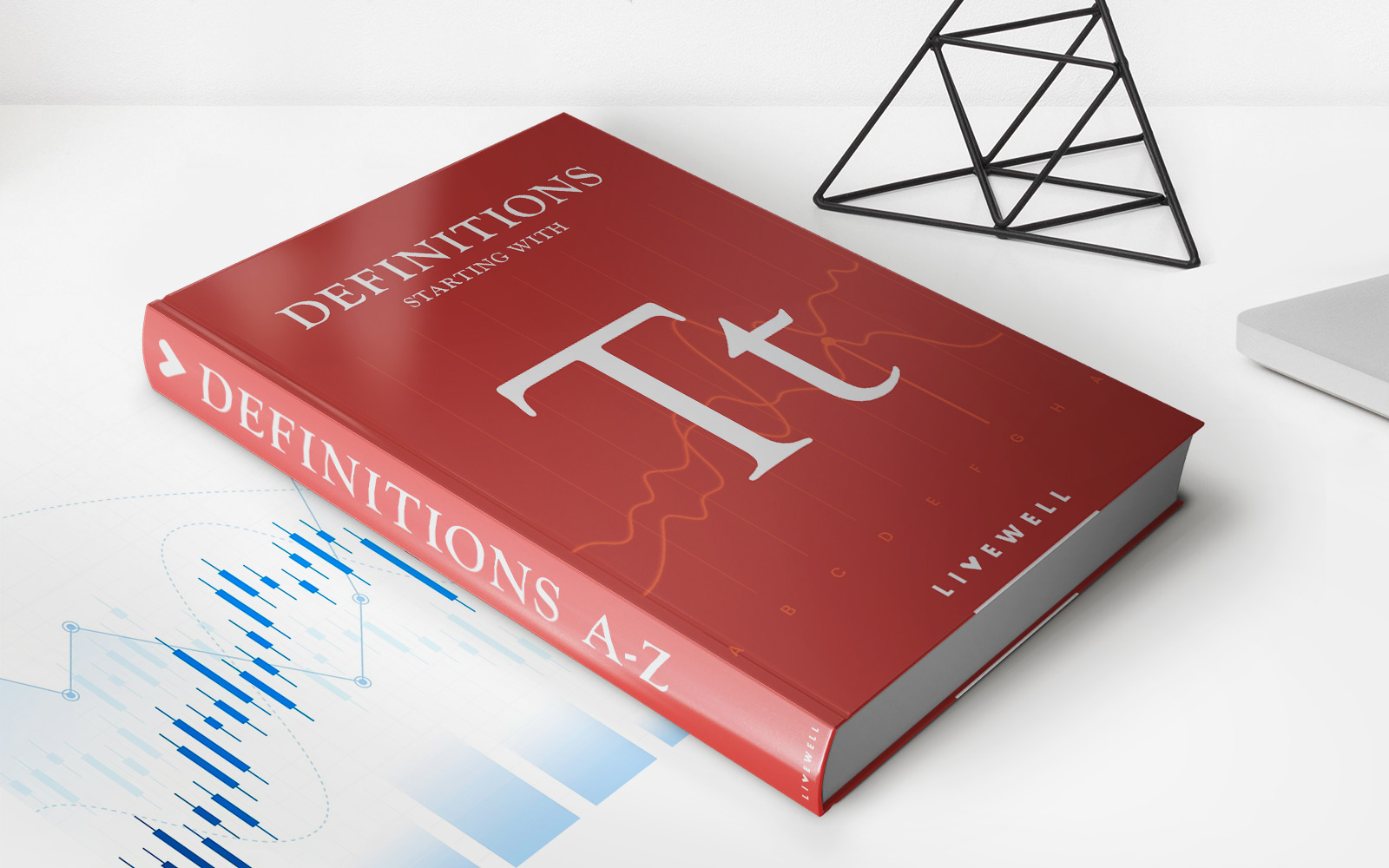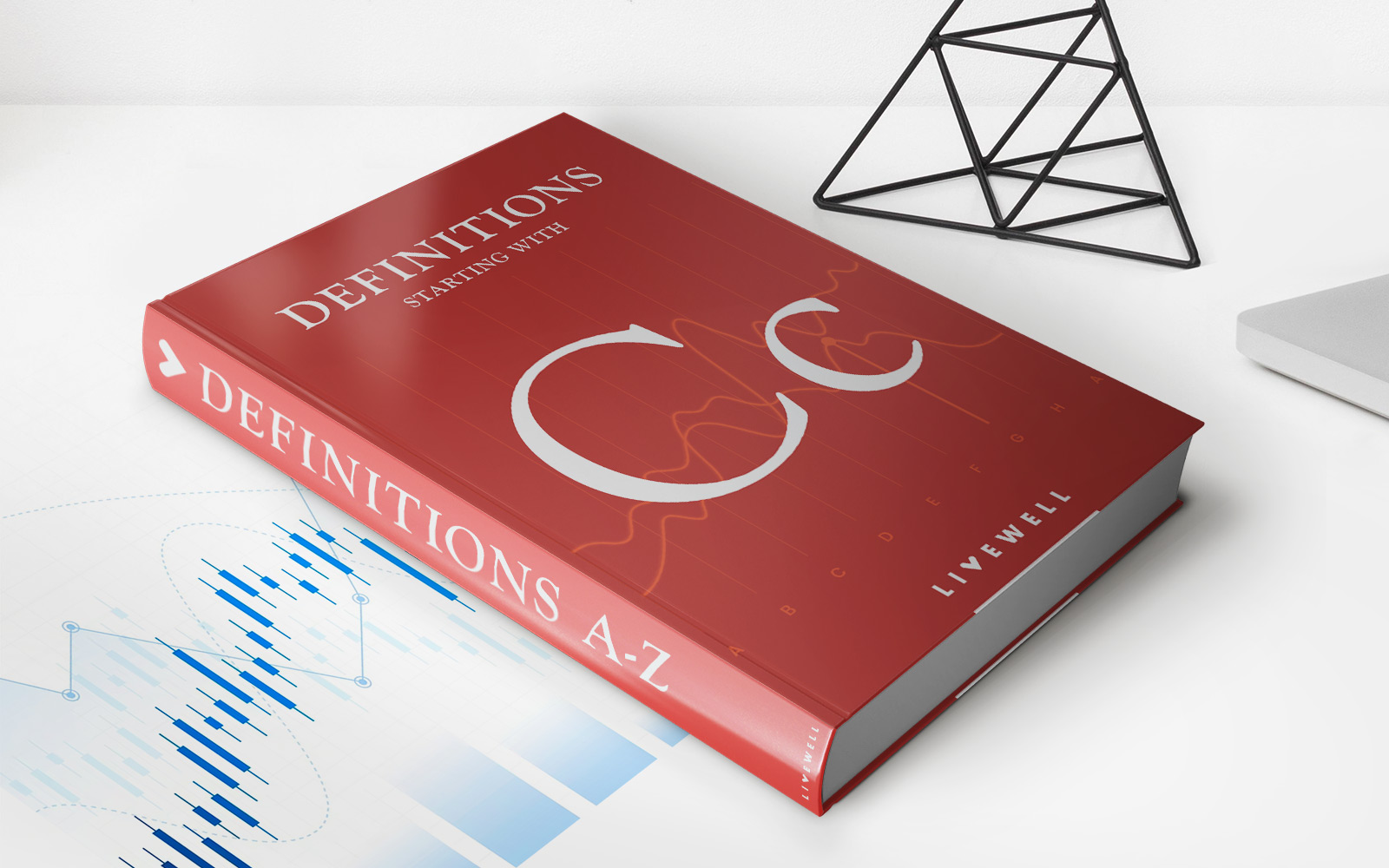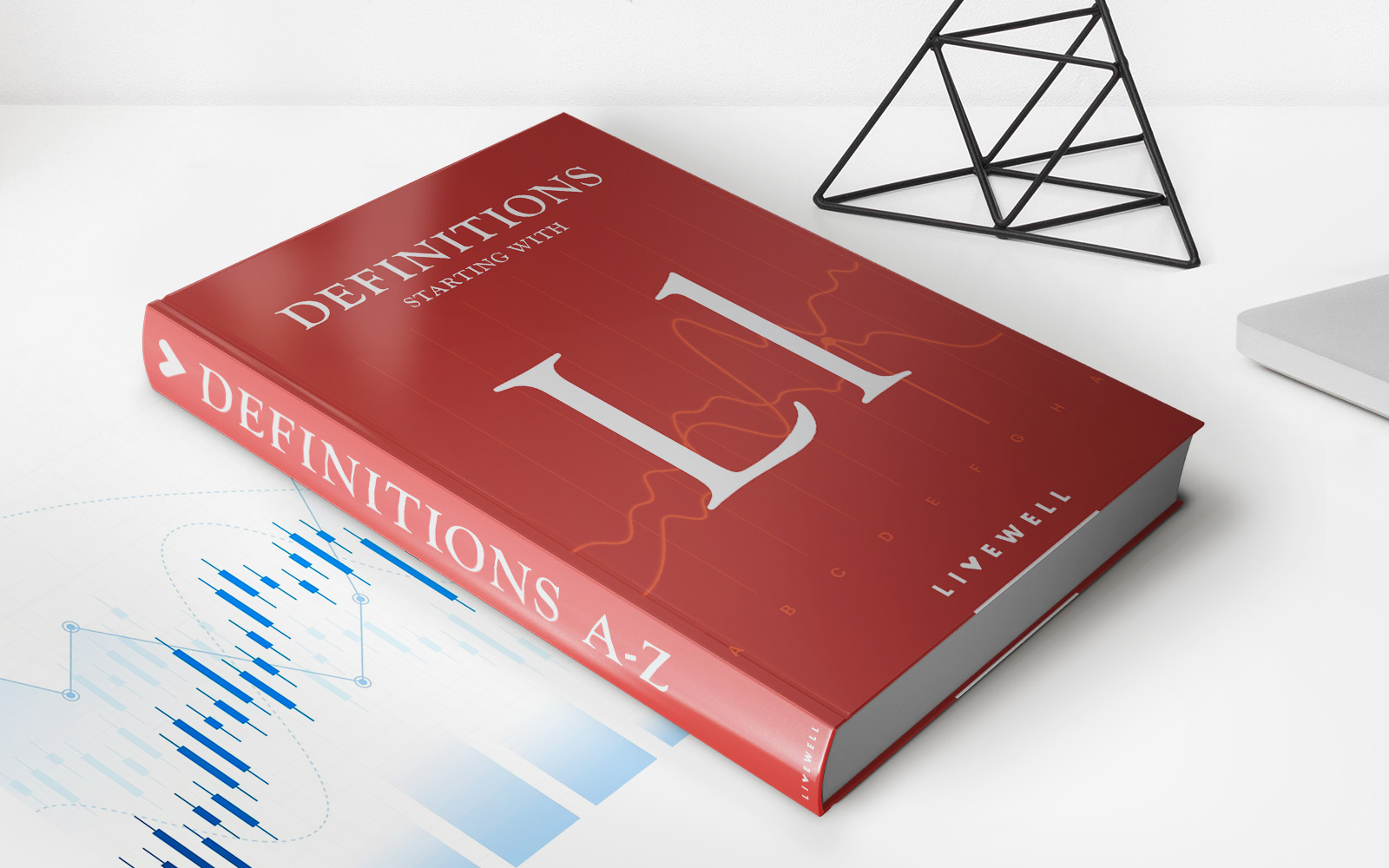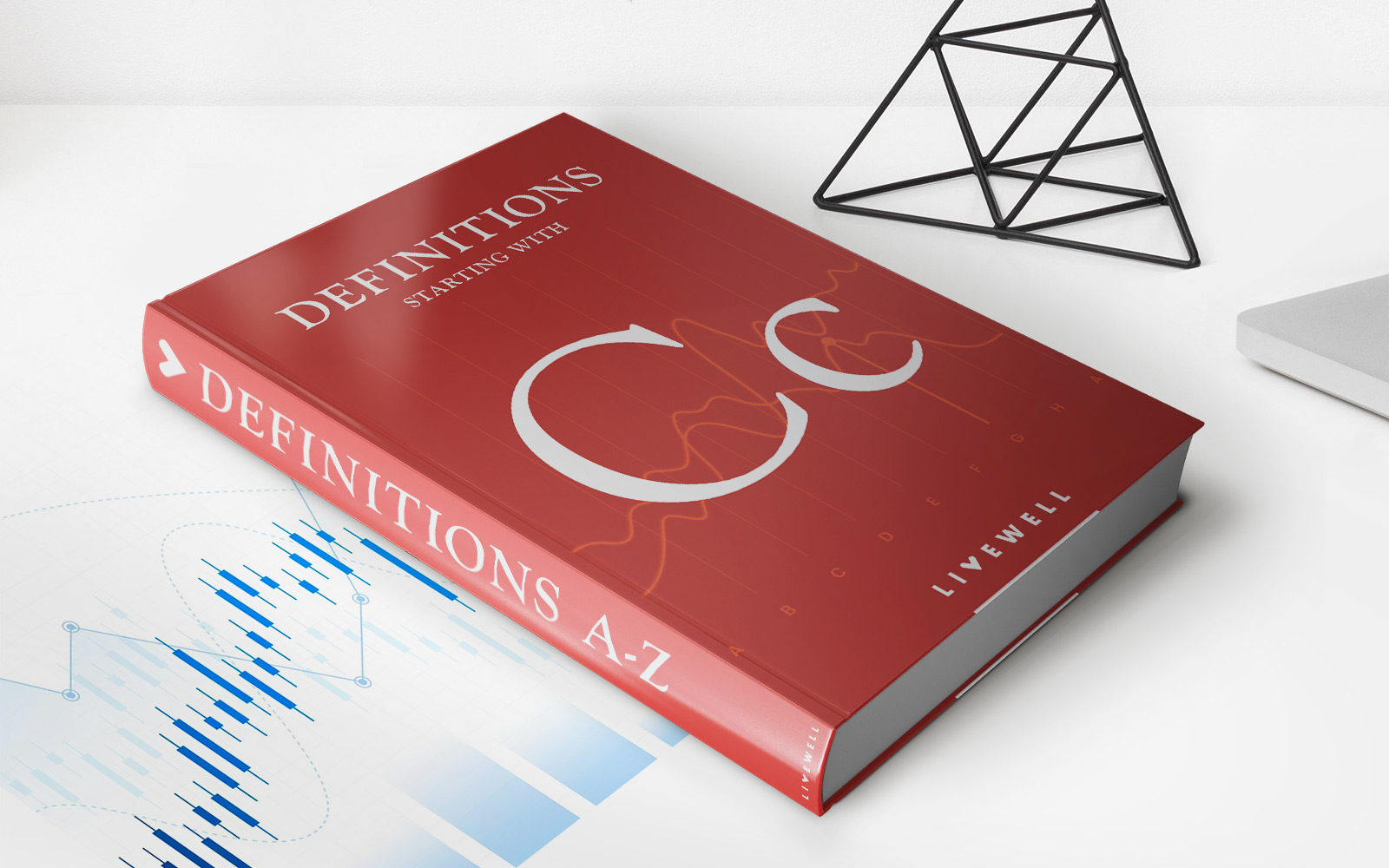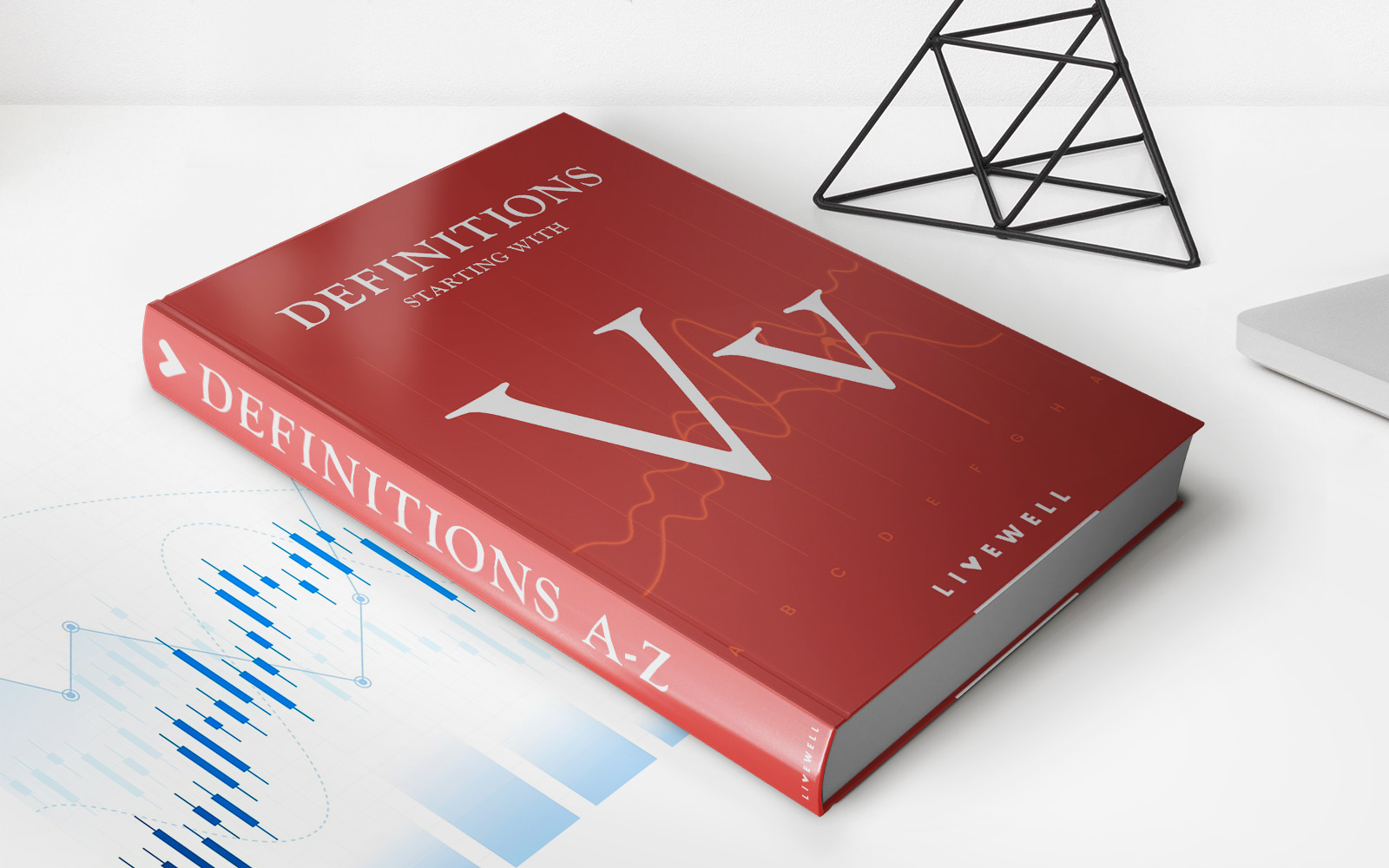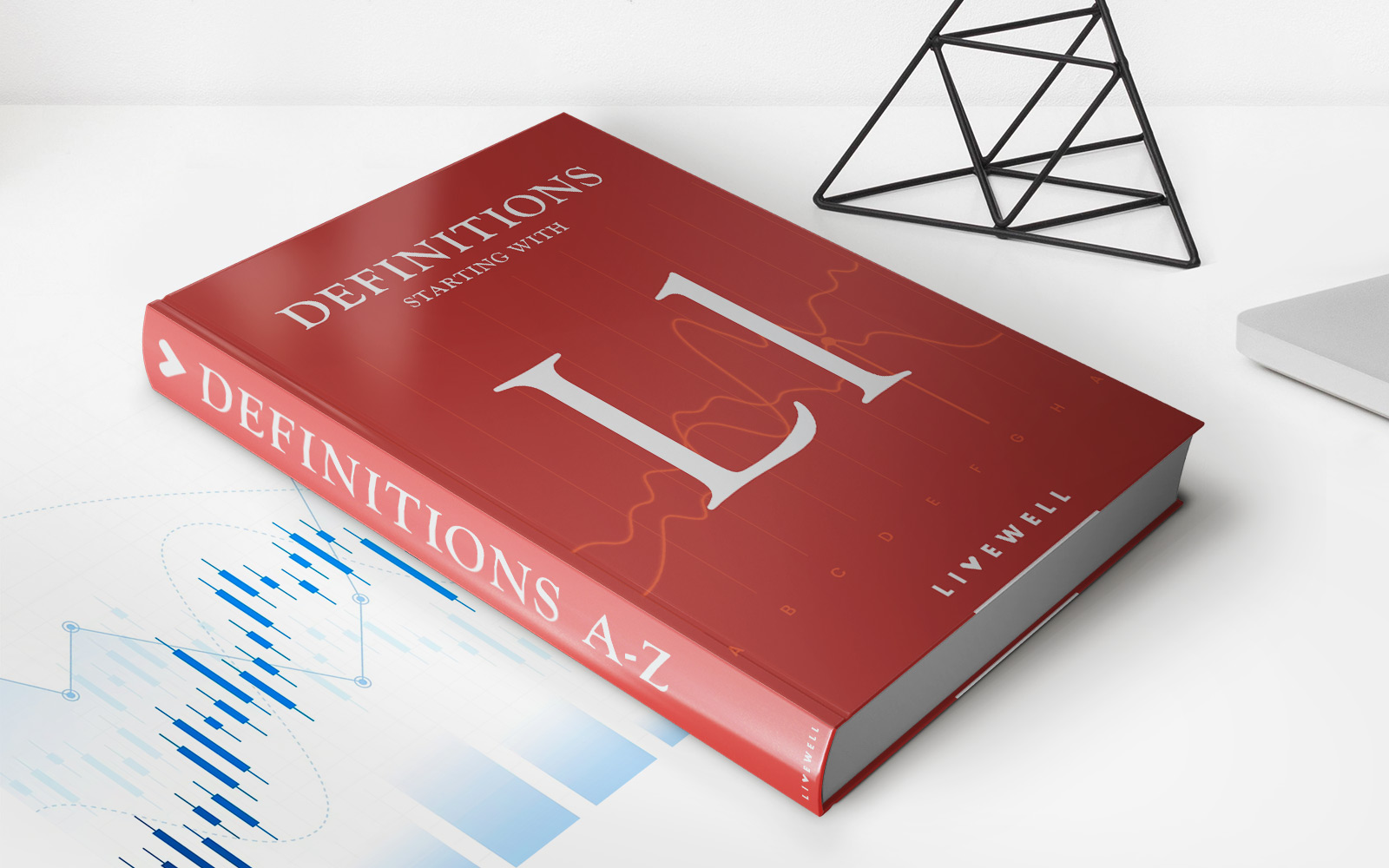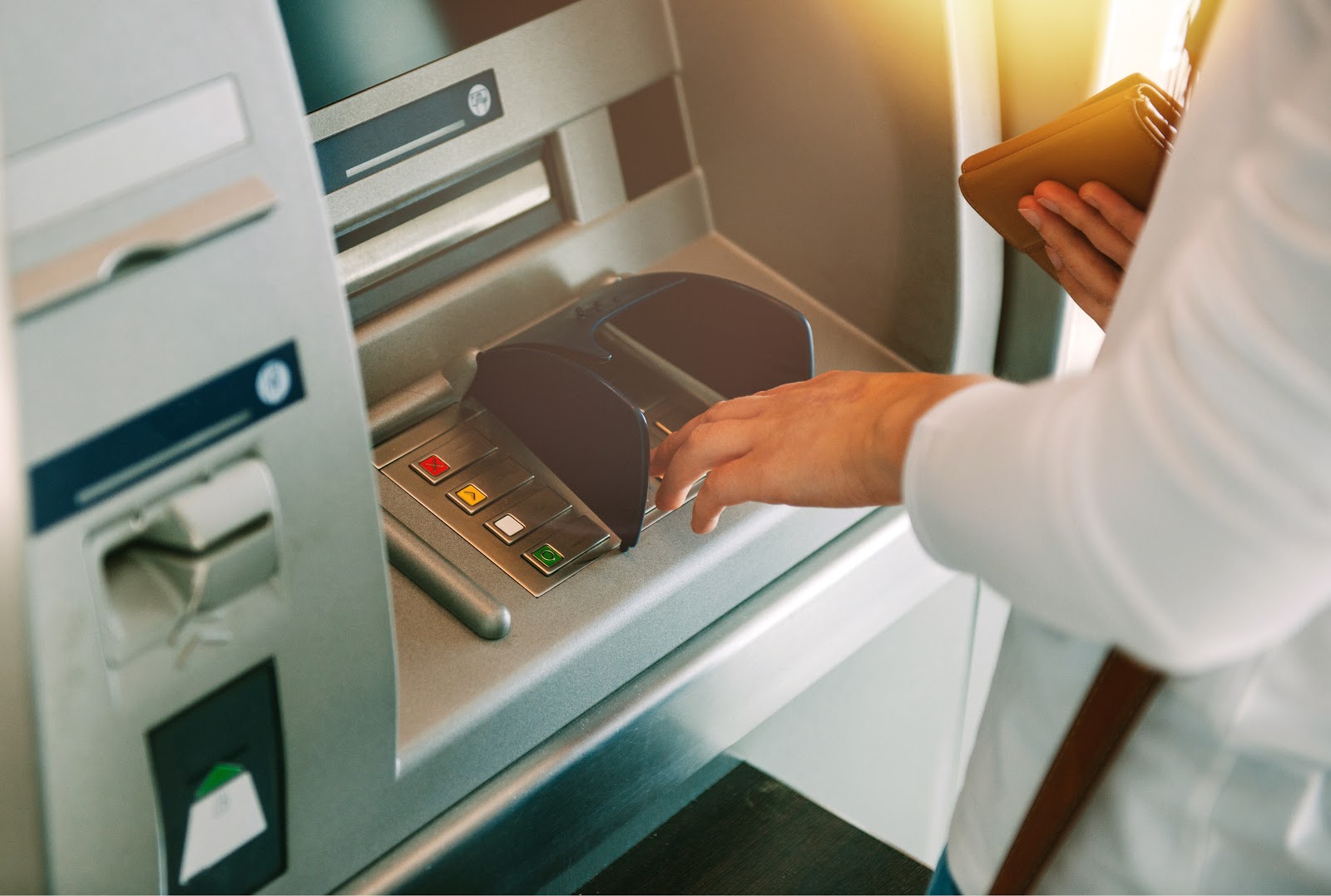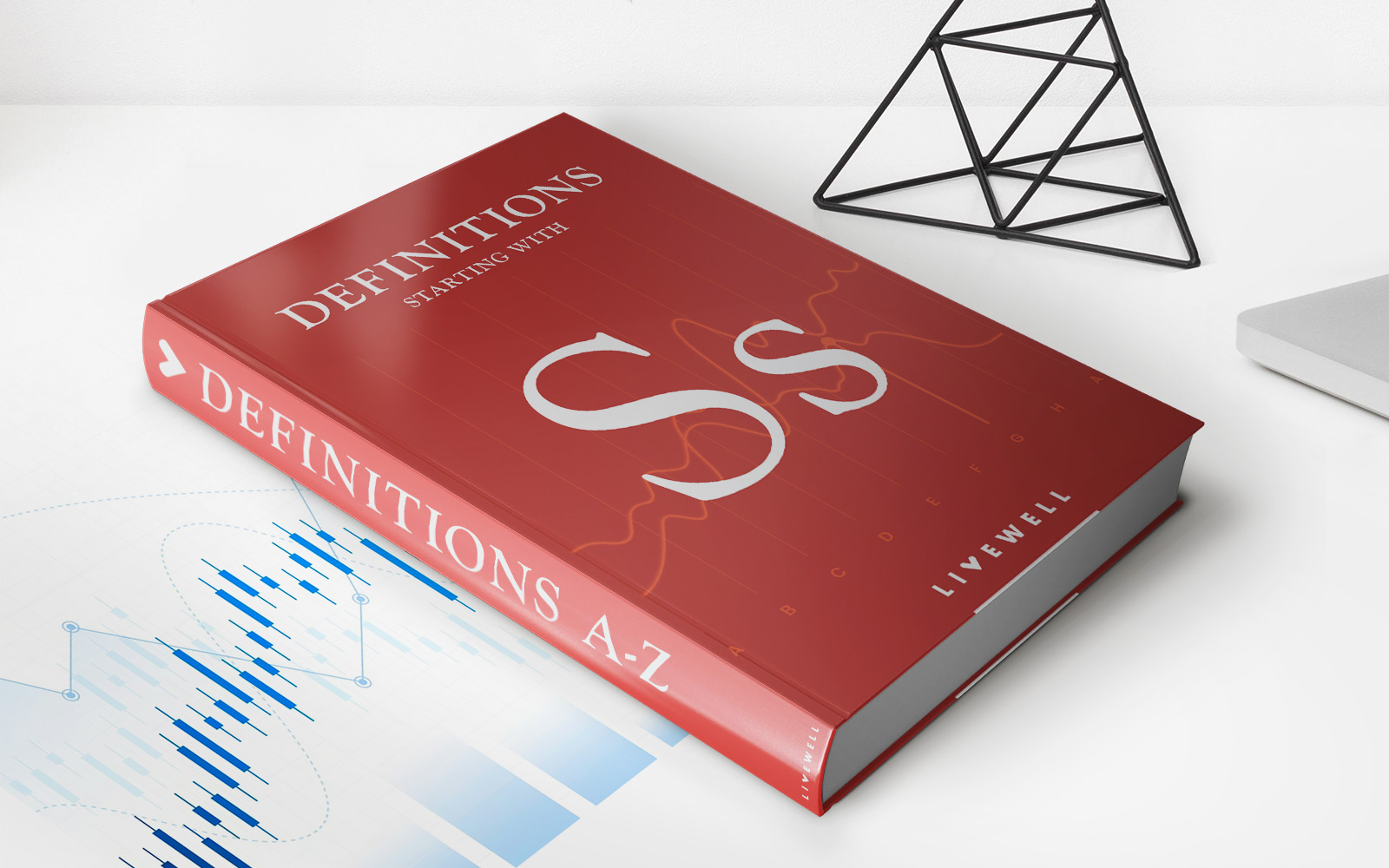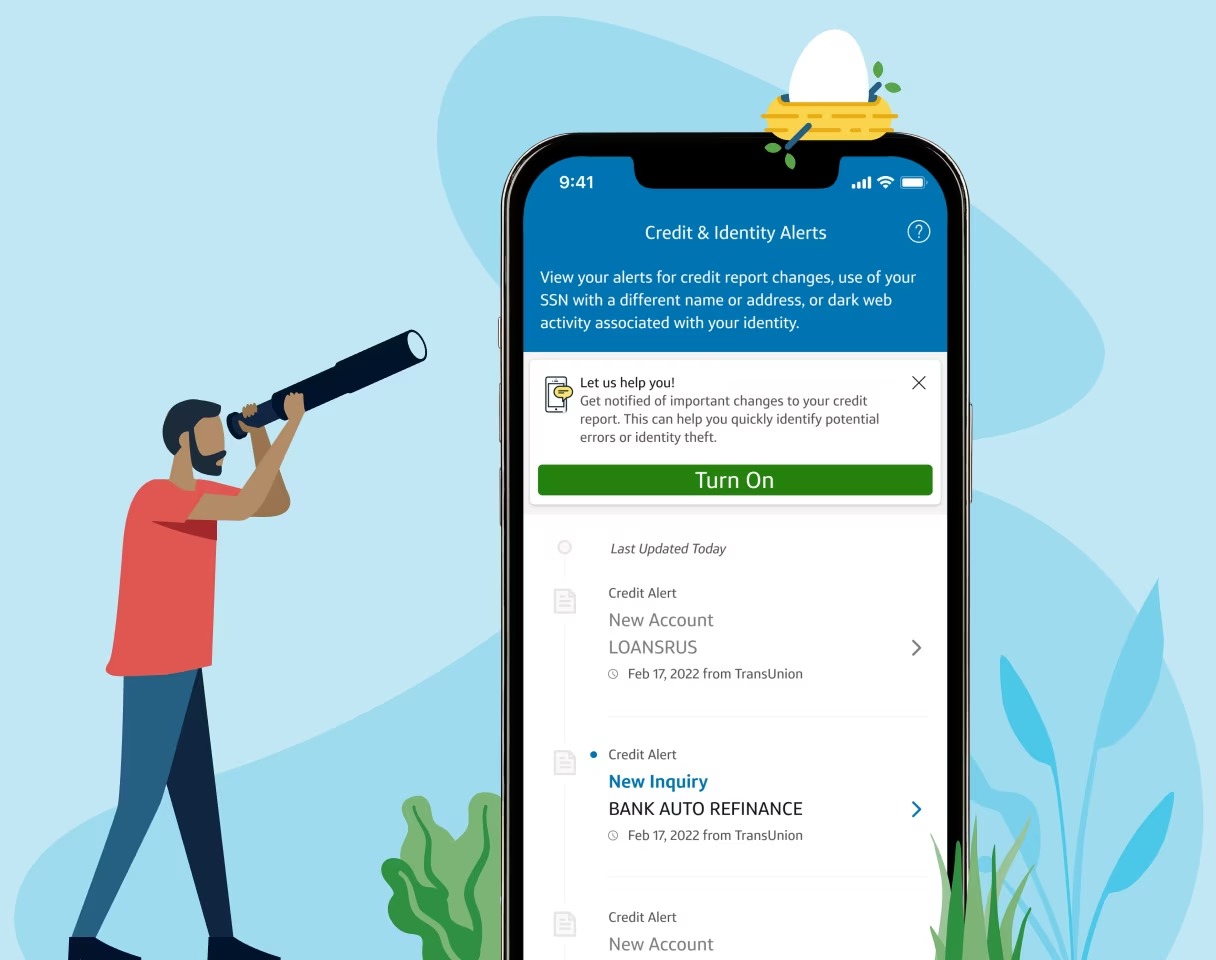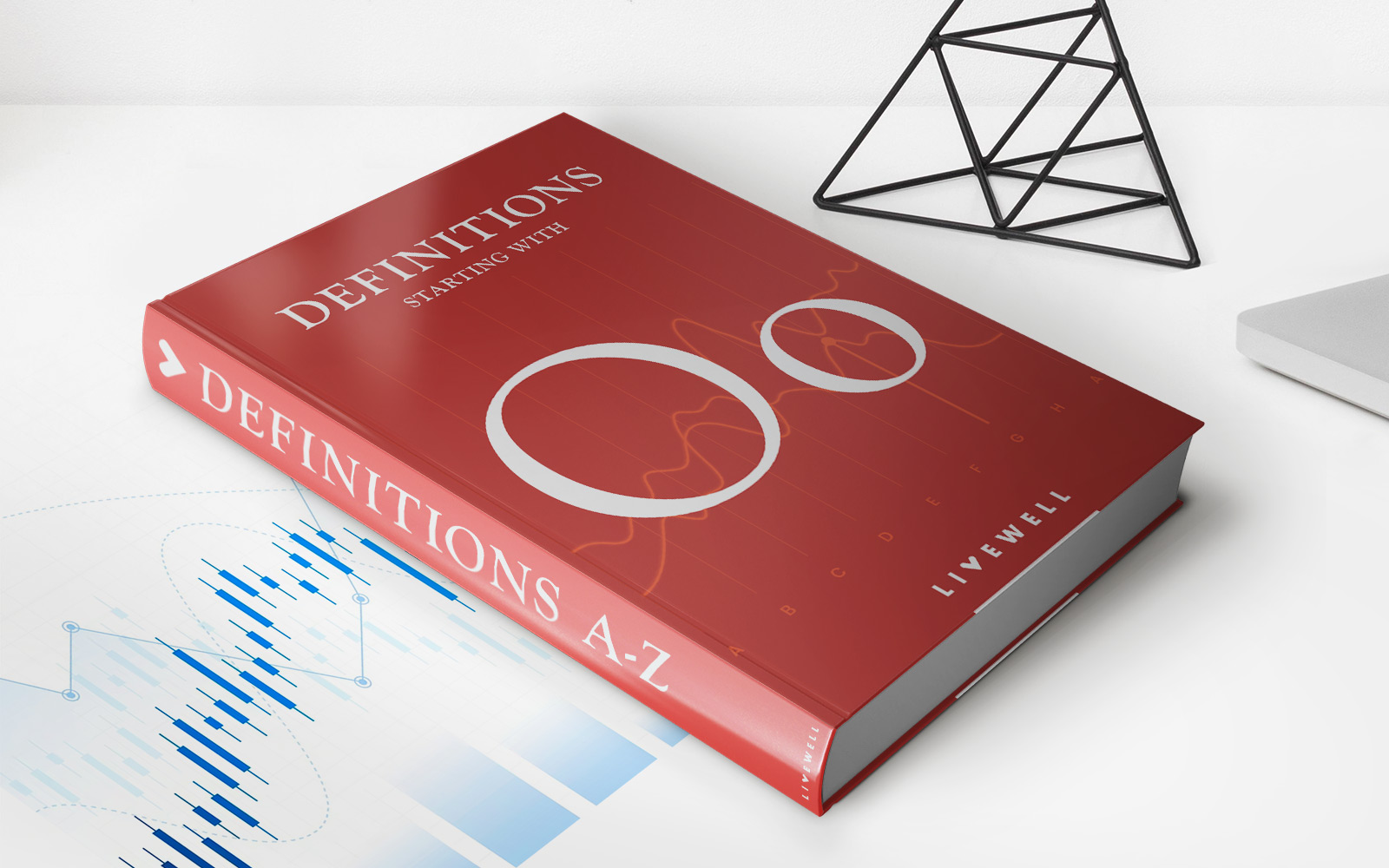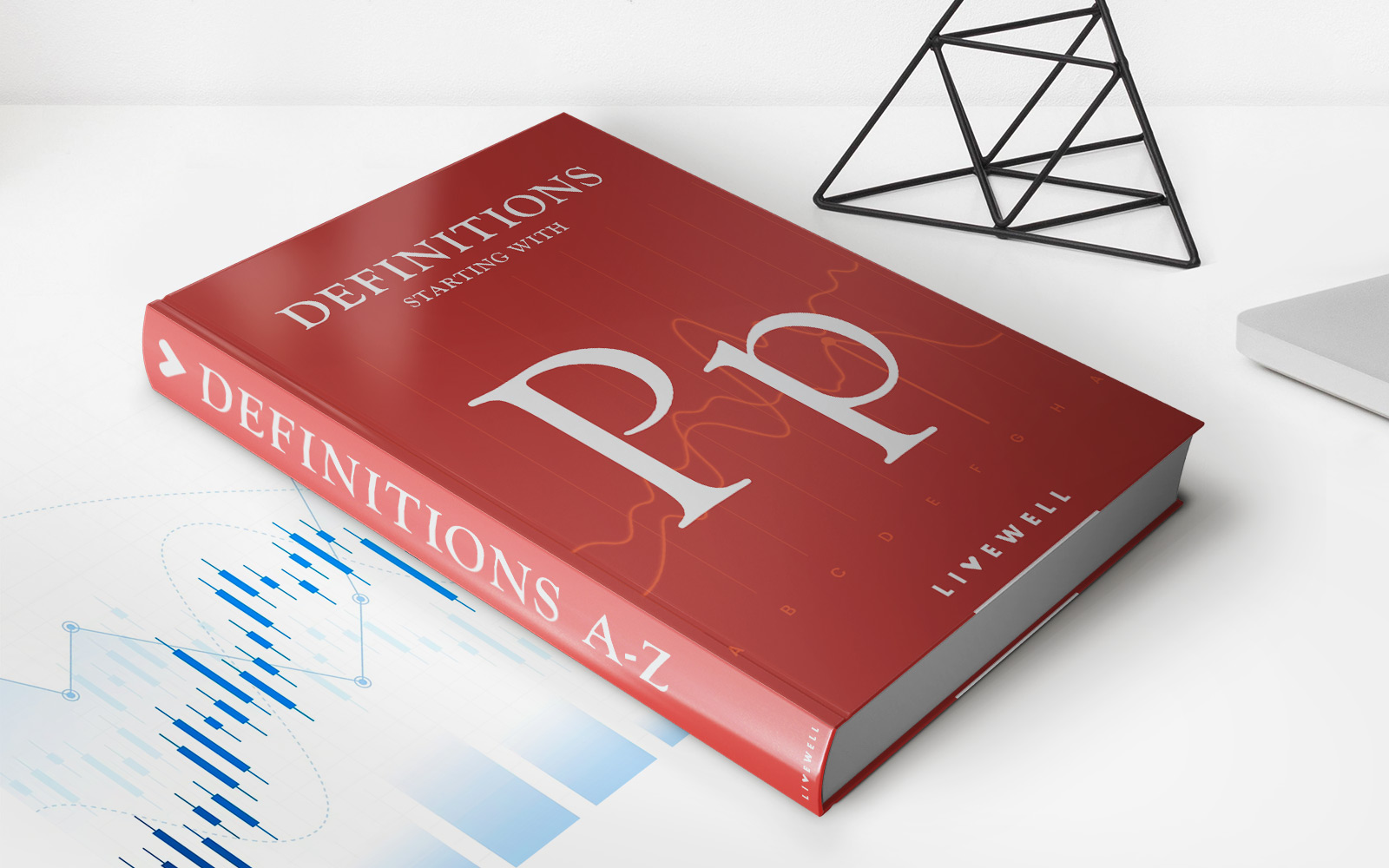Home>Finance>Line Of Credit (LOC) Definition, Types, And Examples
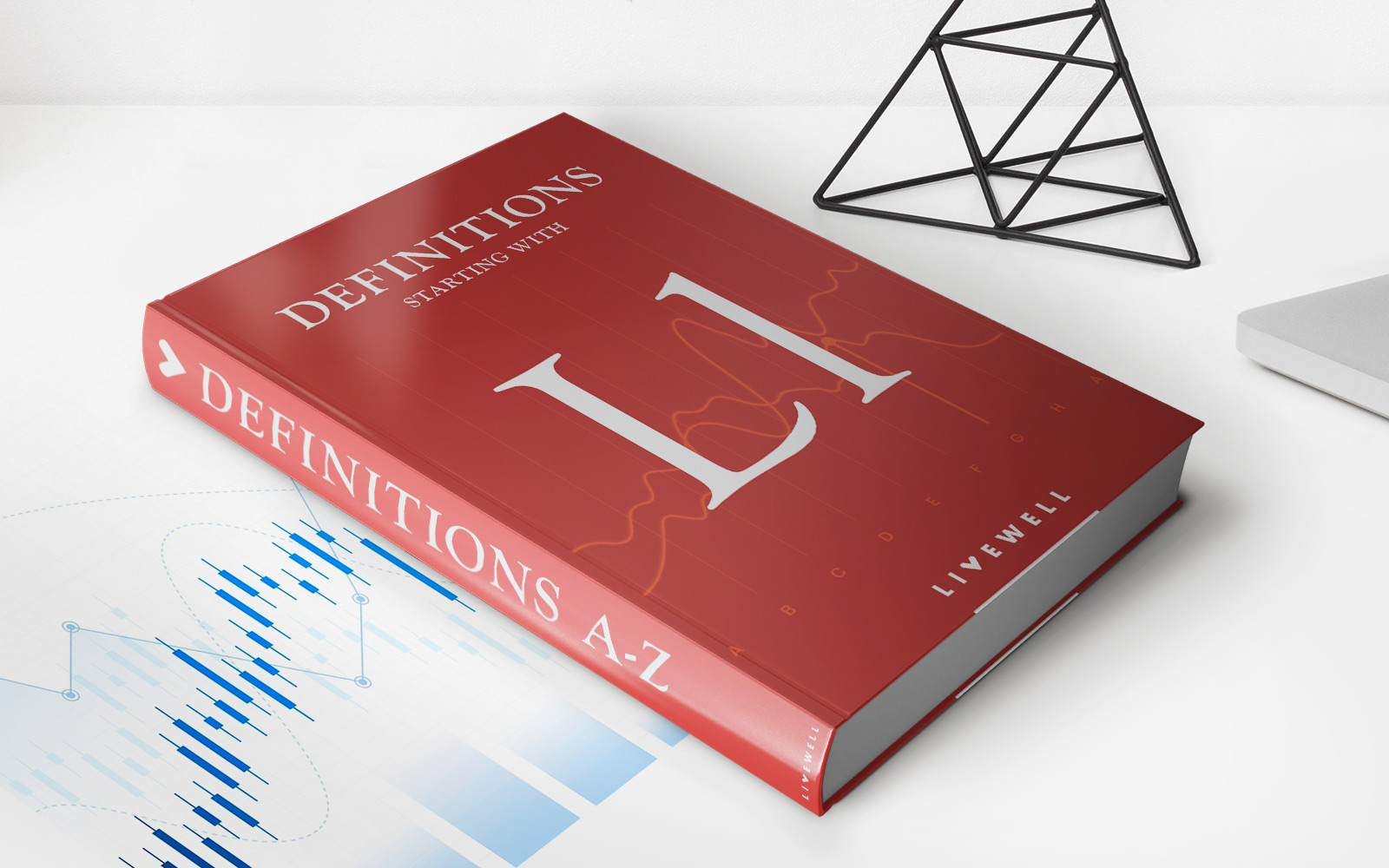

Finance
Line Of Credit (LOC) Definition, Types, And Examples
Published: December 18, 2023
Explore the various types and practical examples of Line of Credit (LOC) in finance. Understand the definition and benefits of this versatile financial tool.
(Many of the links in this article redirect to a specific reviewed product. Your purchase of these products through affiliate links helps to generate commission for LiveWell, at no extra cost. Learn more)
Understanding Line of Credit (LOC): Definition, Types, and Examples
Welcome to our Finance blog category, where we delve deep into various financial topics that can help you make informed decisions about your money. Today, we will shed light on the Line of Credit (LOC), a concept that is widely used but often misunderstood. If you’ve ever wondered what a line of credit is, how it works, and the different types available, you’ve come to the right place. In this blog post, we will break it down for you in simple terms.
Key Takeaways:
- A line of credit, or LOC, is a flexible borrowing arrangement that allows individuals or businesses to access funds whenever necessary
- LOCs come in different types, including personal lines of credit, business lines of credit, and home equity lines of credit (HELOCs)
What is a Line of Credit (LOC)?
In the simplest terms, a Line of Credit (LOC) is a financial tool that provides individuals or businesses with a pre-approved borrowing limit from which they can withdraw funds whenever needed, up to a certain maximum amount. Think of it as a flexible and revolving credit facility that you can tap into whenever the need arises.
Traditionally, people tend to think of loans where you borrow a lump sum and repay it gradually in fixed installments. However, a line of credit eliminates the constraints of traditional loans by giving you the freedom and flexibility to borrow only what you need, when you need it. This feature makes LOCs particularly beneficial for managing unpredictable or fluctuating expenses.
Types of Lines of Credit
Now that we understand what a line of credit is, let’s explore the different types available:
- Personal Line of Credit: This type of LOC is typically unsecured and available to individuals. It can be used for various purposes, such as covering unexpected expenses, funding home improvements, or consolidating higher-interest debt.
- Business Line of Credit: A business line of credit is designed to meet the financing needs of businesses. It provides a readily available source of funds that can be used for operational expenses, purchasing inventory, bridging gaps in cash flow, or taking advantage of growth opportunities.
- Home Equity Line of Credit (HELOC): A HELOC is a type of secured line of credit that is tied to the equity in your home. It allows homeowners to borrow funds for various purposes, such as home renovations, education expenses, debt consolidation, or emergency situations.
Examples of Line of Credit Usage
Let’s explore a couple of examples to help illustrate how a line of credit can be utilized:
- Imagine you own a small business and encounter a slow season with reduced revenue. Instead of struggling to meet your financial obligations, you could tap into your business line of credit to cover expenses until the busy season arrives and cash flow improves.
- For individuals, a line of credit can provide a safety net for unexpected expenses, such as medical bills or car repairs. Rather than resorting to high-interest credit cards or draining your savings, you can access funds from your personal line of credit and repay them gradually.
Remember, every financial decision should be carefully evaluated based on your specific circumstances. Consult with a financial advisor or lender to determine the best line of credit option for you.
In Summary
A line of credit is a flexible borrowing tool that offers individuals and businesses the freedom to access funds when needed, up to a predetermined limit. It eliminates the restrictions of traditional loans by allowing borrowers to withdraw only what they require, making it an attractive option for managing unpredictable expenses. Whether it’s a personal line of credit, a business line of credit, or a home equity line of credit (HELOC), understanding the different types can help you make informed financial choices. Remember, always consult with professionals before making important financial decisions to ensure they align with your goals and circumstances.
